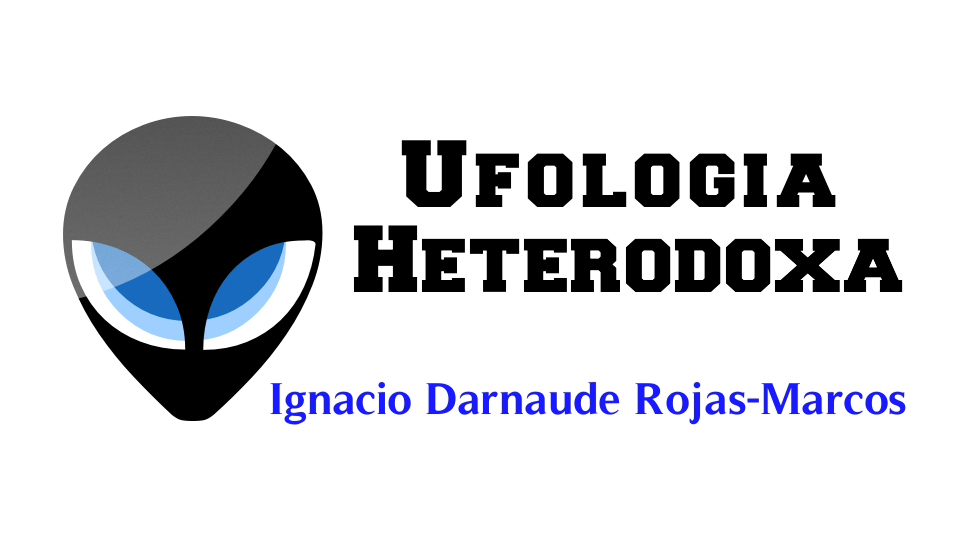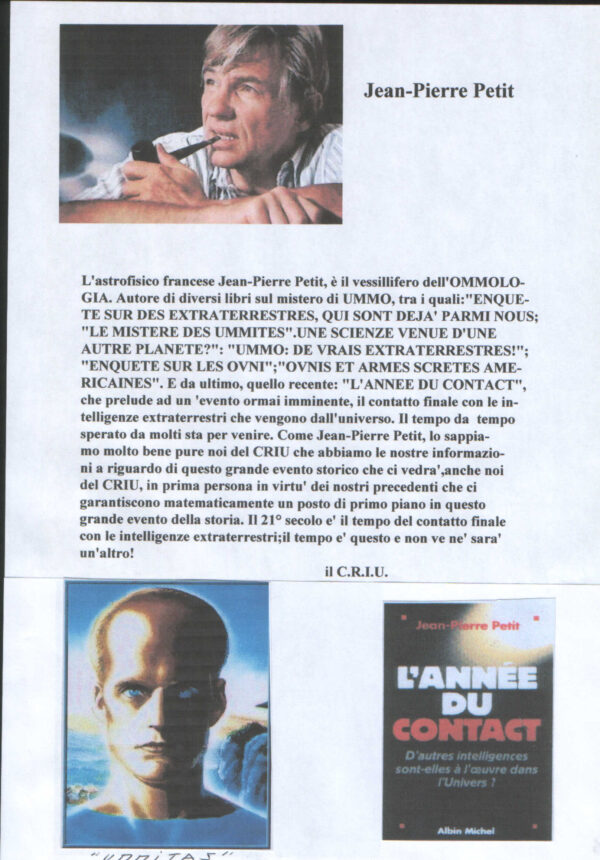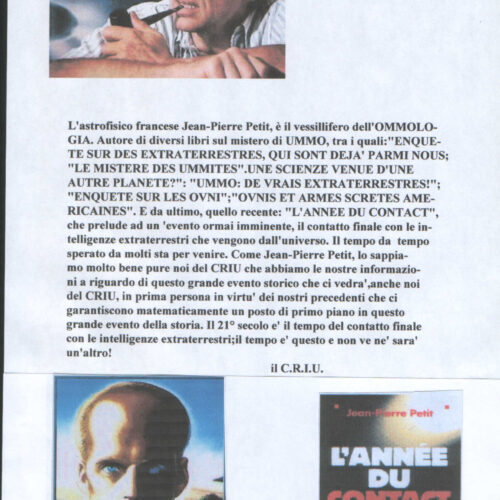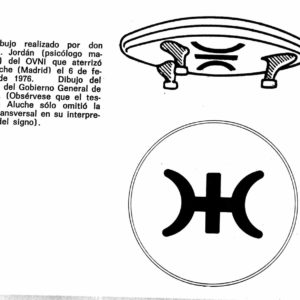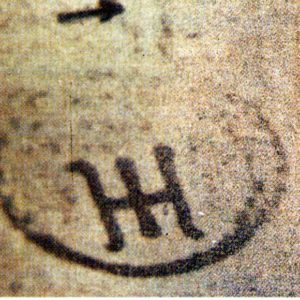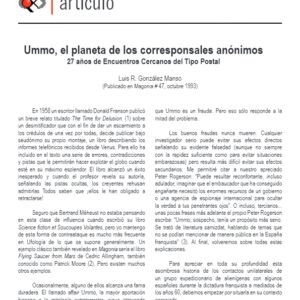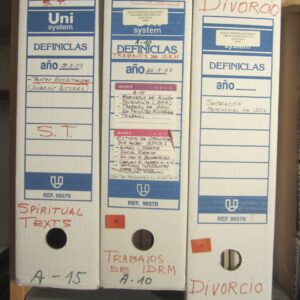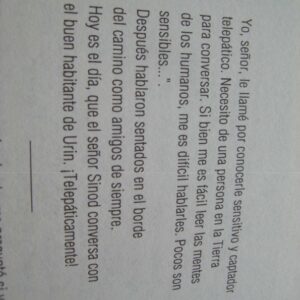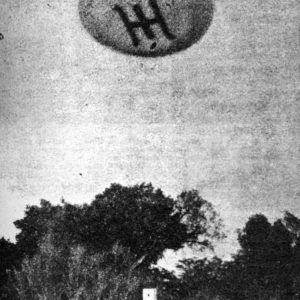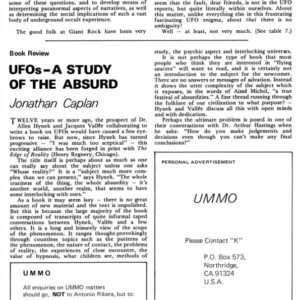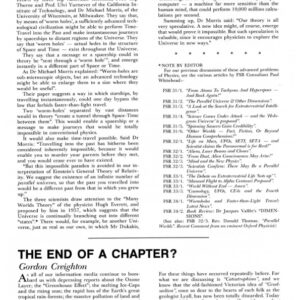Más veloz que la luz por Jean-Pierre Petit por Godelieve Van Overmeire
- Descripción
Descripción
Más veloz que la luz por Jean-Pierre Petit por Godelieve Van Overmeire
Dr. Jean – Pierre Petit
MÁS VELOZ QUE LA LUZ
Subject: Re: FTL Travel NOT a theory
From: cluster_user@yale.edu (Cluster User)
Date: Mon, 04 May 1998 19:31:44 GMT
“Faster than the speed of light ?. Current research will provide the basis for further expanding man’s understanding of the universe.”
By Peter Symonds
MODERN physics rests on two basic pillars‑‑the general theory of
relativity as elaborated by Albert Einstein and quantum mechanics
as developed by a line of brilliant physicists, including Neils
Bohr, Werner Heisenberg, Louis De Broglie, Max Planck and Erwin
Schrodinger. Both theories have provided remarkable and often
startling insights into the nature of matter and its laws.
Relativity deals with fast objects traveling with velocities
approaching that of light and provides a theory of gravitational
forces. Quantum mechanics emerged from investigations into the
realm of subatomic particles.
Relativity and quantum mechanics have been applied to
investigations into a range of phenomena‑‑ from the intricacies
of the atom to the evolution of the universe itself‑‑and have
been confirmed by a host of experimental observations.
Yet scientists have long noted certain limits to, and conflicts
between, these two theories. The noted theoretical physicist
Stephen Hawking states in his book A Brief History of Time:
«Unfortunately … these two theories are known to be
inconsistent with each other‑‑they cannot both be correct. »
A unified theory providing a description of all four fundamental
physical forces‑‑electromagnetic, gravity and the weak and strong
nuclear forces‑‑has so far evaded the efforts of theoretical
physicists.
A series of extraordinary experiments conducted by teams of
physicists in the US and Europe over the last five years has once
again highlighted the lack of a unified theory. For the first
time, physicists have measured photons‑‑particles of
electromagnetic radiation‑‑traveling faster than the speed of
light.
One of the consequences of Einstein’s special theory of
relativity is that nothing can travel at superluminal velocities,
that is, faster than the speed of light. Any particle with a mass
would require an infinite amount of energy to accelerate to the
speed of light. Only light itself or other forms of
electromagnetic waves can travel at such a velocity.
Yet through one of the quirks of quantum mechanics, physicists
have predicted and now measured photons of light and microwaveÔ ø* p‑à+à+@ @ Ô
radiation moving at superluminal speeds. Thus we are confronted
with the riddle of light traveling faster than the speed of
light!
Exploring the «tunnel effect»
At the core of quantum mechanics, and of its many apparent
paradoxes, is the uncertainty principle, first elaborated by
Werner Heisenberg in 1927. According to this principle, no
observer, regardless of the subtlety of his methods, can
determine precisely both the speed and the momentum of a particle
at one point in time.
Quantum mechanics does not predict outcomes with certainty, but
calculates the probabilities of different eventualities.
The observation of everyday events‑‑the motion of a car or the
firing of a gun‑‑remain virtually unaffected by the limits
imposed by the Heisenberg uncertainty principle. But at the
subatomic level, it has some extraordinary consequences. Matter
itself takes on a dual character, able to act in differing
circumstances both as waves and as particles.
The possibility of particles traveling faster than the speed of
light depends upon an outcome of quantum mechanics known as the
tunnel effect. If one bounces a tennis ball against a brick
wall, one expects the ball to bounce back, not reappear on the
other side of the wall‑‑no matter how many times one throws the
ball.
However, in the case of particles such as electrons fired at a
subatomic barrier, quantum mechanics predicts that not all will
be reflected. Some electrons will literally pass through the
«wall» and appear on the other side. Not only is the tunnel
effect experimentally observable, but it forms the basis for an
electronic device known as the tunnel diode.
In 1955, the American physicist Eugene Wigner and his student L.
Eisenbud at Princeton University analyzed the phenomenon of
quantum tunneling and concluded that under certain circumstances
particles could pass through a barrier at faster than the speed
of light.
This conclusion has been the subject of continuing debate among
theoretical physicists because of the difficulties it raises. But
up until recently scientists’ ability to test the various
predictions has been limited by the technology available.
Light travels in a vacuum at a velocity close to 300,000
kilometers a second. To measure particles moving at a speed
faster than light over extremely small distances requires a
capacity to determine time more accurately than the most
sensitive atomic clocks.
Steven Chu and Stephen Wong at AT&T Bell Labs in the US first
measured superluminal speeds for light pulses traveling throughÔ ø* p‑à+à+@ @ Ô
an absorbing material 10 years ago, but their results
were largely ignored.
In 1991, an Italian team of scientists at the National Institute
for Research into Electromagnetic Waves examined a phenomenon
closely related to quantum tunneling. Under certain conditions,
microwaves can be transmitted through a «forbidden zone» of a
wave guide, contrary to the
prediction of classical physics that they will be reflected.
While the Italian scientists were unsuccessful, the following
year GUnter Nimtz and his colleagues at the University of Cologne
in Germany reported measuring microwaves passing through the
forbidden zone at speeds greater than that of light.
A breakthrough in measurement
In 1993, an American team headed by Raymond Chiao at the
University of California in Berkeley provided further
confirmation of superluminal speeds by measuring the tunneling
times of photons of visible light.
The experiment required considerable ingenuity, as the time
intervals involved were extremely short‑‑a few femtoseconds (a
femtosecond is a thousandth of a trillionth of a second).
Chiao’s team began by establishing an optical «race» for two
photons by shining a laser beam on a special crystal known as a
down‑converter, which absorbs a high energy photon and emits a
pair of photons of lower energy. Each photon of the pair was then
directed along a different path using mirrors and directed into
a device known as a co‑incidence counter, which registers whether
the two photons arrive simultaneously.
The difficulty with the co‑incidence counter is that it is only
able to measure to within a billionth of a second, making it far
too inaccurate for the experiment being considered.
To overcome the deficiency, the Berkeley scientists utilized a
another quantum property of matter. The two beams of photons were
directed at a half‑silvered mirror. Ordinarily a photon has a
50‑50 chance of passing through or being reflected by the mirror,
and thus there is also a 50‑50 chance that the two photons will
travel along separate paths and will be registered by the
co‑incidence counter.
If however, the pair of photons arrive at the mirror within 20
femtoseconds of each other, quantum mechanics predicts that the
pair will travel on the same path and thus will not be detected
by the counter. By fine‑tuning the apparatus, Chiao and his
colleagues were able to achieve the remarkable accuracy of a
quarter of a femtosecond. They demonstrated that when a thin
optical barrier was placed in the path of one of the photons, it
tunneled through the obstacle at a velocity 1.7 times that of
light.
Ô ø* p‑à+à+@ @ ÔŒCan signals exceed the speed of light?
How such speeds can be achieved without breaching the laws of
physics is not well understood. One way of viewing the problem
is to regard the tunneling particle as «orrowing» energy
to overcome the barrier. This would mean that other particles
would acquire a negative kinetic energy. This notion of negative
kinetic energy makes no sense in classical physics, according to
which an object at rest has no kinetic energy and one which is
moving has a positive kinetic energy.
Chiao states that his discovery does not violate Einstein’s laws
of relativity. While individual particles may travel faster than
the speed of light, he maintains that it is not possible to
transmit a message at superluminal speeds.
«These experiments do not mean that you can send a signal faster
than light. Only a few photons get through the barrier. Because
tunneling is probabilistic, we’ve no way of knowing which
ones they will be. So it would not be possible to send any useful
information»» Chiao told the New Scientist magazine.
Other scientists dispute Chiao’s conclusions.
Several European teams have been experimenting with more intense
photon sources and thicker barriers. Their results indicate that
the tunneling time for a particle becomes «saturated» or reaches
an upper limit. If a particle can «borrow» energy, quantum
mechanics does not permit
it to do so indefinitely.
Once the limit is reached, the particle will tunnel through the
barrier in the same time, regardless of whether its thickness is
two meters, two kilometers or 2,000 kilometers‑‑if, of course,
such an experiment could ever be carried out!
Last year, New Scientist reported the extraordinary findings of
a German research team headed by Nimtz, who was attending a
conference organized in Snowbird, Utah:
«Attending the meeting were some of the leading researchers in
this field of faster‑than‑light quantum phenomena. To an
astonished audience, Nimtz announced that his team in Cologne had
not only measured superluminal speeds for their microwaves, but
had actually sent a signal faster than light. The signal in
question was Mozart’s 40th Symphony….
«According to Nimtz, Mozart’s 40th Symphony hopped across 12
centimeters of space at 4.7 times the speed of light. What’s
more, Nimtz actually had a recording to prove it. To his now
bemused audience, he played a tape in which among the background
hiss strains of Mozart could be heard. This was the ‘signal’ that
had traveled faster than light.»
A vigorous debate ensued as to whether or not a piece of music
could be considered a signal. According to Einstein, a signalÔ ø* p‑à+à+@ @ Ô
traveling faster than light would effectively be traveling back
in time. The ability to send information back in time would
violate the scientific conceptions of cause and effect: the
results of an experiment could be influenced after it had
happened!
Few scientists accept Nimtz’s claim that a signal can be
propagated faster than the speed of light. However, the
experiments by Nimtz, Chiao and others point to the limitations
of the existing theories of physics and add a further spur to the
quest for a unified theory embracing quantum mechanics and the
theory of general relativity.
************************************************************************************************************************************************************************************
©
INFORMACIÓN EN EL ARCHIVO DE MADAME GODELIEVE VAN OVERMEIRE ( BRUSELAS , BÉLGICA ).
Documents from the private files of
Madame Godelieve Van Overmeire
( Brussels , Belgium )
